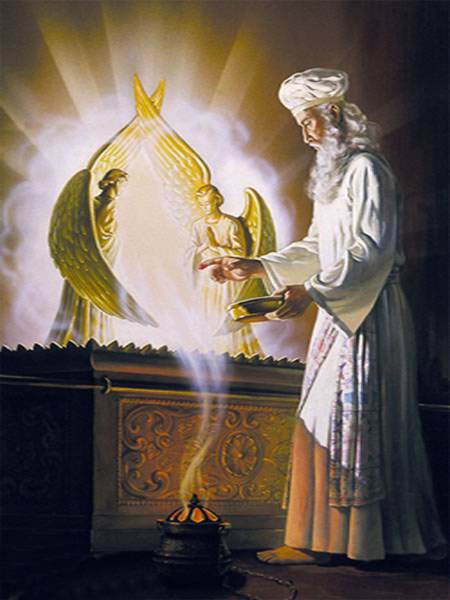I’ve wanted to write about the Mormon garment. I don’t call them my Mormon underwear or magic underwear. That’s a derogatory term used by those who wish to ridicule Mormons who have made sacred covenants that include wearing a sacred garment.
In fact, I find it inappropriate to talk about anyone’s underwear, sacred or skimpy or sexy or simply not there. Underwear is private, no matter what your faith or non-faith. Well, it used to be, before our society lost its moral compass. But since some people seem to be rude about this, I felt it necessary to share my side of the story.
Yes, I wear my garments. That’s what we call them. We really don’t call them underwear. There are different styles and sizes and fabrics; tops and bottoms. I can choose tight-fit or loose-fit; but all the bottoms go to the knee and tops have a slight cap-sleeve for women. Men’s tops can be scooped-neck or crew-neck; bottoms are boxer-like or tighter. In fact, they don’t look that strange today.
My sister-in-law, not a member of the church, saw mine and wanted some. One time, my daughter was visiting family (non Mormons) and left a top there. Her cute auntie called to her tell she left her “white top”, and she hoped it was OK that she wore it one day! She had no idea it was part of the Mormon garment.
Can we take them off to bath and workout and be intimate — of course. Do I have other sexy undies for fun in my married life — of course.
There are several reasons why we wear sacred garments. There is a long history of the wearing of a garment, beginning with Adam and Eve who were dismissed from the easy and blissful life of the garden, and relegated to this telestial earth, overrun with thorns, thistles, and noxious weeds.
Our first parents were given coats of skin to cover their nakedness, as a protection, while continuing their sojourn here upon the earth. According to ancient tradition, the garment “of light” (miss-translated as the coat of many colors) was passed on, from father to son, down to Noah.
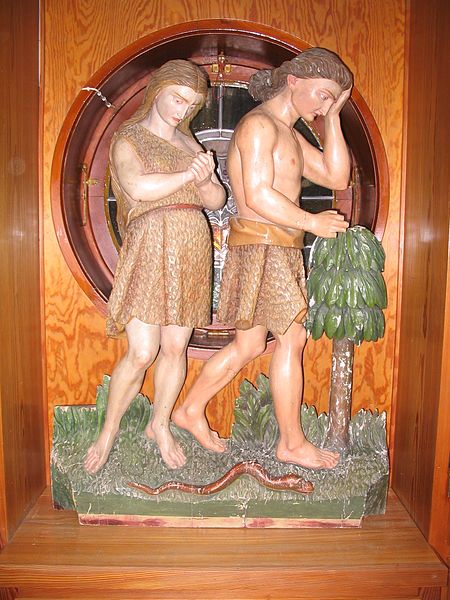 |
| Adam and Eve with fur garments |
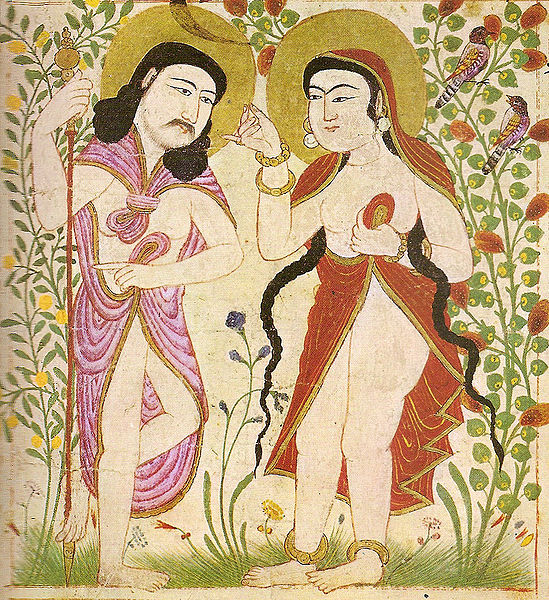 |
| Adam and Eve, coats of skin |
 |
| graduation ceremony 2004. Photo taken by en:User:Clawed. |
 |
| David Berkowitz from New York, NY, USA |
 |
| An Orthodox Jewish man wearing a Wool Tallit Katan |
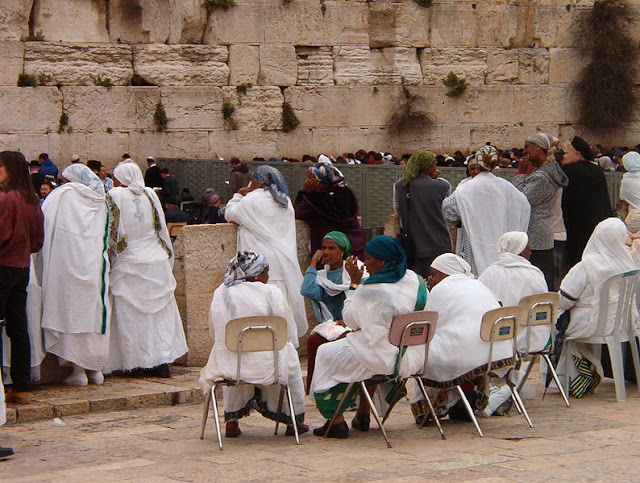 |
| Ethiopian women at the Kotel during the week of Passover. Taken by Sputnik, on April 20, 2003, Jerusalem. |
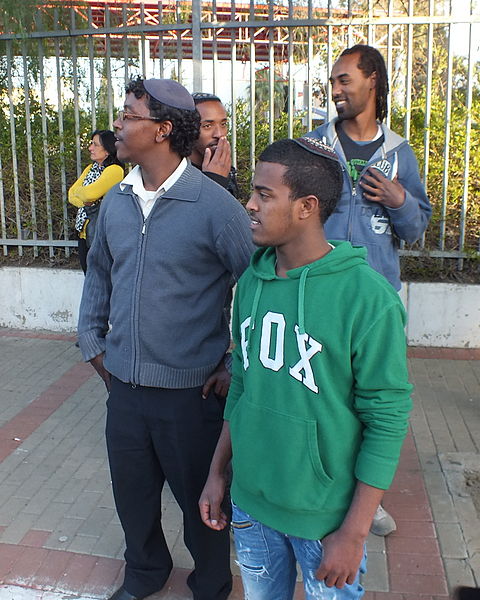 |
| Young Israeli men of the Ethiopian Aliyah wearing kippot. |
 |
| Cassie Ventura wearing cross necklace, photo: lukeford |
And thou shalt bring Aaron and his sons unto the door of the tabernacle of the congregation, and wash them with water.
And thou shalt put upon Aaron the holy garments, and anoint him, and sanctify him; that he may minister unto me in the priest’s office.
And thou shalt bring his sons, and clothe them with coats:
And thou shalt anoint them, as thou didst anoint their father, that they may minister unto me in the priest’s office: for their anointing shall surely be an everlasting priesthood throughout their generations.
Thus did Moses: according to all that the Lord commanded him, so did he. (Exodus 40)
Hugh Nibley relates the writings of Cyril of Jerusalem who wrote of being clothed in white linen after baptism.
“As Christ after his baptism . . . went forth to confront the Adversary, so you after your holy baptism and mystic anointing [the washing and anointing] were clothed in the armor of the Holy Ghost [a protective garment], to stand against the opposing . . . power. Having put off the old man’s garment of sorrow, you now celebrate as you put on the garment of the Lord Jesus Christ. Having been baptized in Christ and having put on Christ (cf. Galatians 3:2713) Cyril continues, “After you have put off the old garments and put on those of spiritual white, you should keep them always thus spotless white.” Nibley
The Testament of Levi from the Testaments of the Twelve Patriarchs:
Levi goes to Beit-el, where he says, “And I saw seven men, clothed in white, who said to me, arise and put on the garment (endusai). Each of the seven angels, the seven men in white, as he placed an item of clothing upon Levi, said: From this time, thou art a high priest of the Lord, thou and thy seed after thee, for all eternity. The first anointed me with holy oil and gave me the staff of judgment. The second washed me with pure water and gave me bread and wine in the Holy of Holies, and placed upon me the holy and glorious garment [the leather stole, the protective garment]. The third placed about me a linen robe like an ephod. Hugh Nibley “SacredVestments.”


